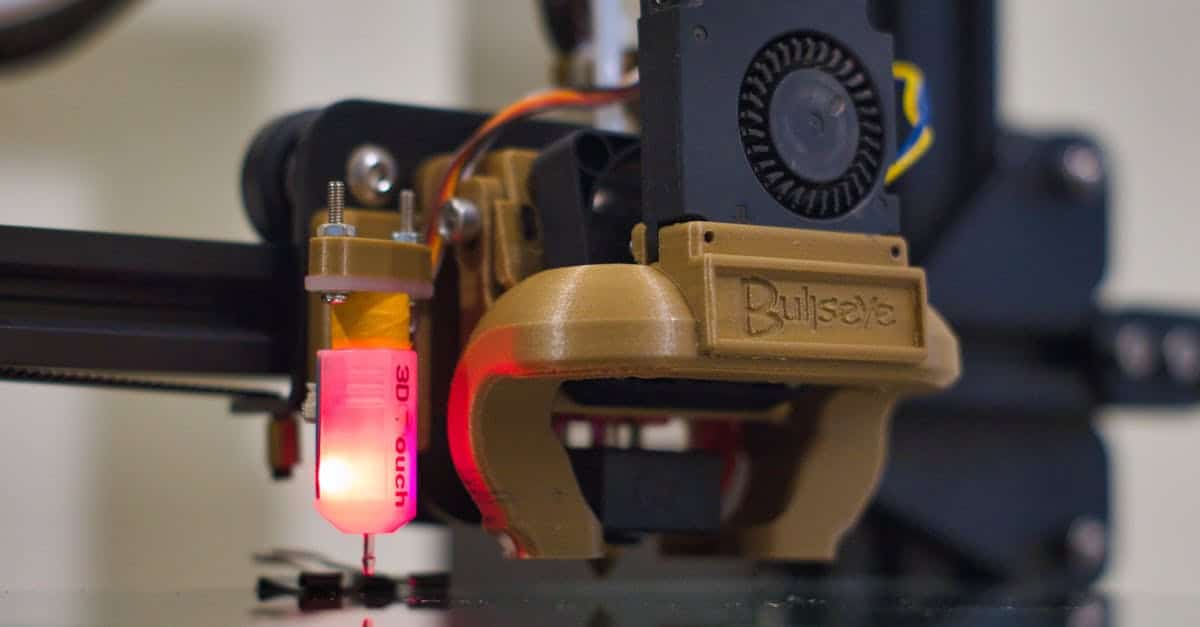Rapid prototyping is a central element in the product development process, facilitating the implementation of innovative ideas while minimizing risks. Thanks to this method, companies have the opportunity to quickly create models that illustrate their concepts, allowing them to assess the relevance and viability of products before they go into production. This approach encourages rapid iteration and continuous improvement, ensuring a swift adaptation to market needs and consumer expectations. By integrating rapid prototyping into their strategy, organizations proactively position themselves to face the challenges of a constantly evolving industry.
🔥 Nous recommandons Ideamap
Ideamap est l’outil idéal pour un brainstorming ou un projet collaboratif. Grâce son interface facile et à ses fonctions IA, Ideamap booste votre créativité tout en favorisant une meilleure organisation de vos idées pour atteindre vos objectifs.
Rapid prototyping is an innovative approach aimed at quickly building models or mock-ups of a product before its final production. This technique relies on cutting-edge technologies that enable the creation of parts that accurately reproduce the characteristics of a product in just a few hours. More than just a simple model, the prototype offers a tangible glimpse of ideas, thereby facilitating understanding and evaluation.
In the context of product development, rapid prototyping plays an essential role. It begins with the idea of a product. Even before moving on to the manufacturing phase, teams can develop a model that reflects the desired functionalities. This process not only allows for visualizing the product but also for physically experimenting with it, helping to identify flaws and make necessary adjustments.
One of the main advantages of rapid prototyping is its ability to reduce the risks associated with innovation. By testing prototypes, companies can identify potential issues before committing to large-scale production. This saves time and resources, thus avoiding significant financial losses associated with design errors that may only be discovered at a late stage.
The rapid prototyping method also promotes a rapid iteration process. Feedback obtained through prototype testing can be integrated immediately, making development more dynamic and responsive. Teams can experiment with different solutions, adjust the design, and test again, thus optimizing the final product. This approach reduces the time needed to go from concept to market, a crucial factor in increasingly competitive markets.
Technology plays a key role in rapid prototyping. The use of 3D printing, for example, allows for the quick creation of complex prototypes tailored to specific needs. Digital tools and computer-aided design (CAD) software also facilitate the process, making possible realizations that were once very time-consuming and costly.
Moreover, rapid prototyping is a determining factor in collaborative innovation. It facilitates co-creation among various stakeholders, whether they are designers, engineers, or even customers. Through this collaboration, ideas can be developed collectively, making the final product more relevant and aligned with market expectations.
From a strategic standpoint, rapid prototyping also contributes to a digital transformation of product development processes. By integrating digital tools and adopting a more agile approach, companies gain efficiency and achieve a competitive advantage. Thus, rapid prototyping is not just a technical step, but an integral part of a broader innovation strategy.
In summary, rapid prototyping is a valuable method that combines technology, flexibility, and collaboration. Its ability to reduce risks, accelerate development, and enhance collective creativity makes it essential in the world of product design. It is a fundamental tool for any company looking to innovate and adapt to the rapid changes in the market.

FAQ about Rapid Prototyping in Product Development
What is rapid prototyping? Rapid prototyping is a method that allows quickly creating models or mock-ups of a product to test its design and functionalities before final production.
Why is it important to create a rapid prototype? Creating a rapid prototype is essential as it helps identify and quickly correct any potential errors, thereby reducing the risks associated with product development.
What are the advantages of rapid prototyping? The main advantages of rapid prototyping include time savings, facilitating idea exchanges, and the ability to iterate quickly on the product’s design, contributing to better alignment with user needs.
How does rapid prototyping aid innovation? Rapid prototyping supports innovation by allowing teams to test their ideas in real-time and make adjustments based on concrete feedback, thereby increasing the chances of the product’s success.
What methods can be used to create a rapid prototype? There are several rapid prototyping methods, including 3D printing, digital modeling, and computer-aided manufacturing, which allow for accurate prototype production.
How does rapid prototyping integrate into the product development process? Rapid prototyping is integrated from the early stages of the product development, promoting a collaborative and iterative approach that allows quickly aligning the team’s vision with user expectations.














